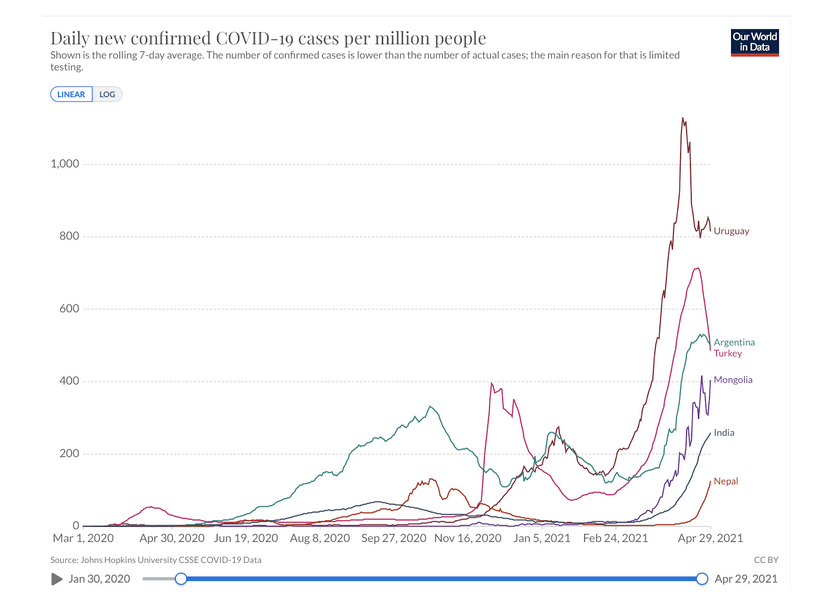
Taming the World’s Leading Killer
An article was published this week that has findings which could save millions of lives. Why did you miss it? Because there was zero media coverage of it. Zero! Tells you something. Tells you a lot, actually. So, here are the details. 1/thread
An article was published this week that has findings which could save millions of lives. Why did you miss it? Because there was zero media coverage of it. Zero! Tells you something. Tells you a lot, actually. So, here are the details. 1/thread
High blood pressure is the world’s leading killer – and will kill more people, including more young people, than COVID-19 this year. It can be prevented (mostly by lowering sodium) & treated, but, globally, only 1 in 10 people with high blood pressure have it controlled. 2/
Elegant studies by @SarahLewington2 prove for every 20-point increase in blood pressure, the death rate from cardiovascular disease DOUBLES. What’s more, this starts at a blood pressure of 115/75 – way below the usual level at which we treat, or toward which we aim treatment. 3/ 

But lower is better didn’t prove LOWERING more is better. That’s where the incredibly important SPRINT trial comes in. It’s one thing to prove (as Lewington did) that lower BP correlates with lower risk of death, quite another to prove that lowering BP more saves lives. 4/
Lower blood pressure reduces death risk, but how low do we need to go? That’s what’s big news about the seminal SPRINT trial just released, which proves lower is better – setting a blood pressure goal that is lower than the standard treatment goal prevented many more deaths. 5/
The SPRINT trial also showed that, despite more side effects, intensive blood pressure treatment to reach the lower blood pressure goal is safe – even in older people. Intensive treatment prevented more heart attacks, strokes and deaths. bit.ly/3u6QT2r 6/
Based on the SPRINT trial, many guidelines now recommend that certain high-risk patients with high blood pressure aim for a systolic blood pressure below 130 rather than the standard target of 140. (SPRINT aimed for <120/80.) 7/ 

But the bigger implication: We need to do much better getting to <140/90. For years, doctors were scared of blood pressure going too low. Now, it’s proven that “overshooting” the goal of 140/90 isn’t just something that won’t hurt the patient – it could well save their life. 8/
The death rate among people treated with a goal of <120/80 was 27% lower than the death rate of people treated to the usual target of 140/90. And for every death prevented, about 2 heart attacks are prevented, plus strokes, kidney failure, dementia, and more. 9/
Why are we failing to control high blood pressure? One reason: We’ve made treatment too complicated. For the past 4 years, @ResolveTSL has learned from and with partners around the world. We summarized lessons in this article (link) and this graphic. bit.ly/3hOTDiz 11/ 

The @WHO HEARTS package makes hypertension treatment simple: standard treatment protocols any health worker can implement, reliable supply of quality-assured medicines, team-based care, patient-centered services, and a strong health information system. bit.ly/347PkXv 12/ 

Think about it. A study came out this week that could save millions of lives. Not one news article. Tho “just” final report from study previously released early (because findings are so important), shows we have a lot to learn about what to focus on to save the most lives. 13/
.@ResolveTSL partners with countries around world to implement @WHO HEARTS package to lower blood pressure. Sodium reduction and hypertension treatment can prevent 3 million early deaths – every year! Lower blood pressure can save millions of lives. Let’s make this happen. 14/end
• • •
Missing some Tweet in this thread? You can try to
force a refresh









